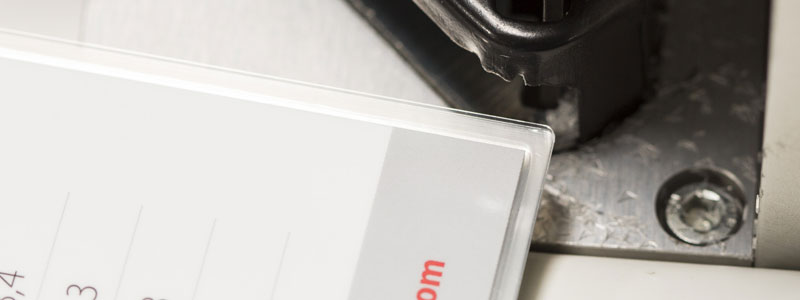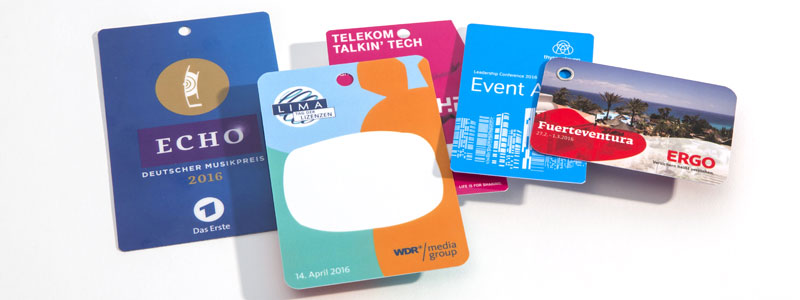The small 1×1 laminator
Laminating (also referred to as shrink-wrapping, encapsulating or sealing) means the irreversible binding of paper with laminating film.

Hot Laminating
There are different types of laminating such as hot laminating. Hot laminating is where the document is sealed tightly with pressure and heat (110 – 150C). This is the most commonly used method of laminating and our service laminating uses the hot laminating method.
With a hot laminating machine, documents such as catalogues, photos, promotional flyers or certificates are shrink-wrapped in laminating film with the help of heat and pressure. This ensures an attractive look and all-round, lasting protection from moisture and dirt.
There is a difference between pouch laminating machines and roll laminators. The latter are mostly used in an industrial setting as the films are constantly kept on the rollers which can guarantee a continuous lamination procedure. Schools also use this but with considerably smaller roll laminators.
You will surely have seen a pouch laminating machine. Here documents are placed into pre-prepared pouches and inserted into hot, revolving rolls. A pouch laminating machine would be the best option for smaller quantities or single documents, but the end product doesn’t look as good or lasts as long as with a roll laminator.
Cold Laminating
Cold laminating is used with heat sensitive materials. Here the document is sealed with the effects of pressure with the self-adhesive film. However, most materials, even photographs or self-printed documents are heat-stable. The bond between the paper and film isn’t as robust or stable with cold laminating as it would be with hot laminating.
Why laminate?
Laminating with film ensures that documents are permanently protected and the colour quality of printed documents and photos is improved. In addition, laminated documents look more sophisticated and professional giving off a very positive impression. The uses which could benefit from this are almost endless.

To give you a better understanding, please see below several examples:
- A factory manager wants to ensure that the instruction manuals for some of his machinery is protected against elements such as dust, dirt, oil and moisture. In this case, we recommended a glossy, washable laminate with a 3mm border and a standard width of 125 micron per side, ie. a total strength of 250 micron. The sealed border ensures that no moisture will penetrate the document.
- A Sales Representative for pharmaceutical products wants to leave a good impression with a potential new customer and wants to improve the promotional flyers to make them look more professional. He opts for a matt lamination in 2 x 250 micron (ie. 500 micron total strength) as the look will captivate clients with a thicker lamination. He also opted for a lamination without a border.
- For hygiene reasons, a hospital wants to laminate the television schedules which are in every room. The hospital decides on a product with a film strength of 2 x 75 micron in gloss.
- An event organiser wants to advertise his event by putting posters on houses. These need to be waterproof, otherwise numbers attending could be affected by rain. In this case a total strength of 500 micron is necessary so that the posters hang nicely on the house walls.
- Have you ever been in a restaurant or cocktail bar? If so, you will have seen the laminated drinks or food menu which are washable thanks to the laminated surface, which protects from spilt drinks etc.
Application areas for laminating are endless. It could be birthday cards, table sets, printed digital photos, business cards, ID cards, suitcase labels, signs, sales presentations, catalogues, posters, placards, warning signs, check-lists and promotional material, restaurant menus or operating instructions – laminations are everywhere.
We would love to help you. You can call us on +49-2133-41086, email us on info(at)casslam.com or fill in our online-form.

